Elizabeth – Last night’s new productions of Mascagni’s Cavalleria Rusticana and Leoncavallo’s Pagliacci were disappointments, but in different ways. Sir David McVicar’s production of Cavalleria Rusticana was very bland. The large stage with the walls of a palazzo at the edges gave the space a sense of grandeur while the set itself was rather minimal. A circular rotating stage was center with chairs ringing the edges. When the singers entered in Moritz Junge’s dark drab costumes I was sure the setting was supposed to be puritan America. The lack of color throughout was sobering and honestly boring, though one could argue it conveyed the sensibilities of a religious yet poor Italian town. The moving circular set was distracting as singers had to move in time with it and remove chairs to keep the action focused toward the audience. It felt silly at points.
Shawn – I have complained that many of the new Met productions do not use the full size of the Met stage and therefore feel constricted in the huge space of the met. The new production of Cavalleria Rusticana has a great deal of space but I’m not sure for what reason. The set consisted of three stone wall backdrops and a raised platform in the center of the often revolving stage. This was all surrounded by chairs. Many, many chairs with choristers sitting in them like an audience. I thought perhaps this would connect to the play within the play scene in Pagliacci somehow, but it did not to my understanding. Other than that the Pagliacci scene too, had many chairs. But I’m getting ahead of myself.
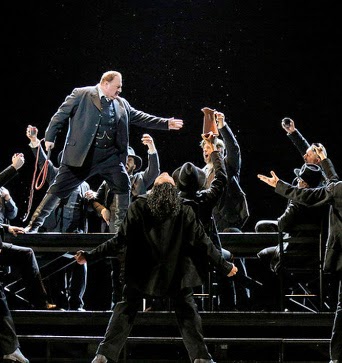 The entirety of Cavelleria Rusticana was exceedingly dark. Not thematically, though that too obviously but just immensely gloomy and under lit and the uniformly dark costumes caused the singers onstage to blend into each other. The low lighting was used to great effect once, during the famous intermezzo when choristers placed candles around the raised platform as the stage revolved. But otherwise it was so dark as to be not only be confusing but eye-wanderingly one note.
The entirety of Cavelleria Rusticana was exceedingly dark. Not thematically, though that too obviously but just immensely gloomy and under lit and the uniformly dark costumes caused the singers onstage to blend into each other. The low lighting was used to great effect once, during the famous intermezzo when choristers placed candles around the raised platform as the stage revolved. But otherwise it was so dark as to be not only be confusing but eye-wanderingly one note.
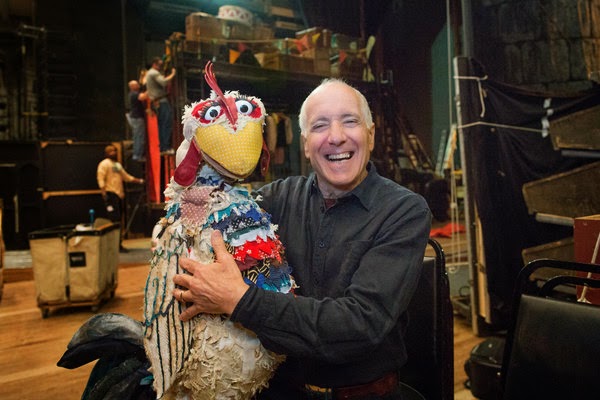 Gagnidze performed well, and had to be a puppeteer for much of the second act, which he did surprisingly well though he did have a problem with pinning back his fake puppet arm and ended up singing much of the second act with three visible arms. This was a little odd.
Gagnidze performed well, and had to be a puppeteer for much of the second act, which he did surprisingly well though he did have a problem with pinning back his fake puppet arm and ended up singing much of the second act with three visible arms. This was a little odd.
–Elizabeth Frayer and Shawn E Milnes
Related Links:
Jonas Kaufman and the Reverse Scalpers: Carmen at the Metropolitan Opera
Is This Opera or Soap Opera? NYCO’s Troubled Rise From the Ashes
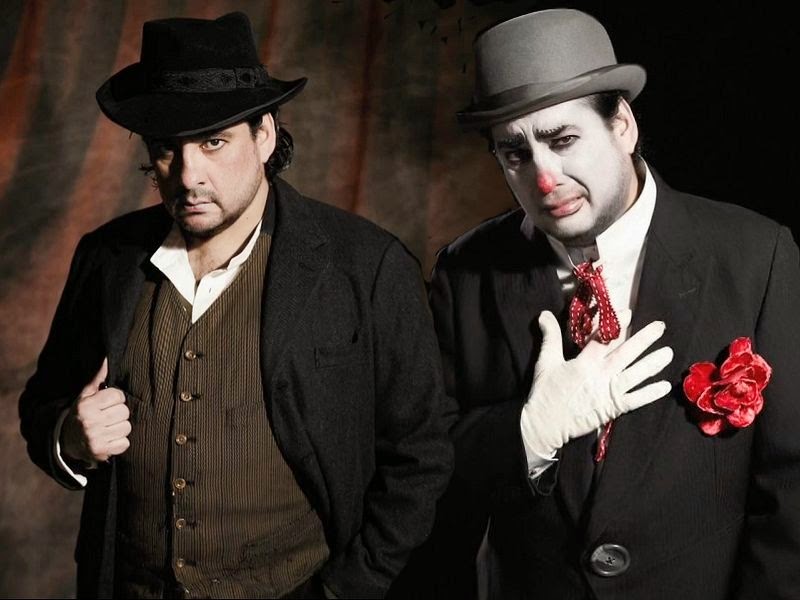
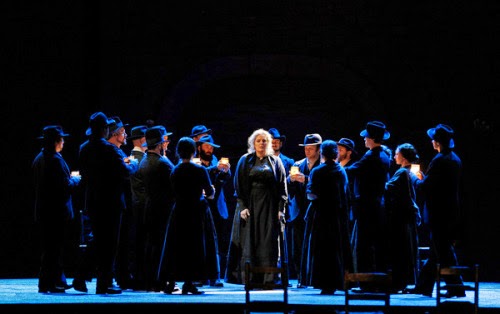
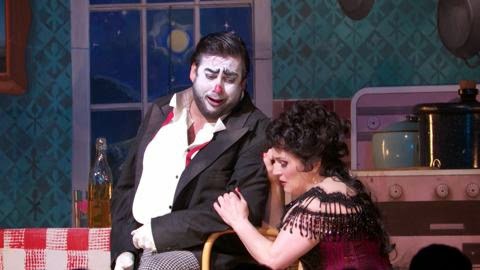
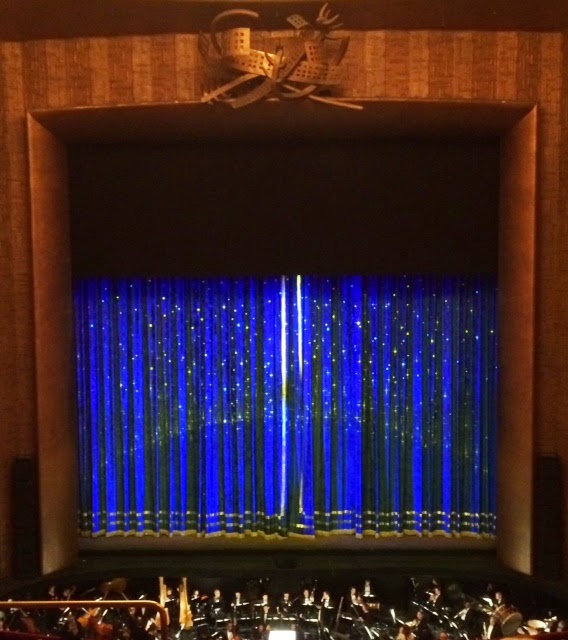
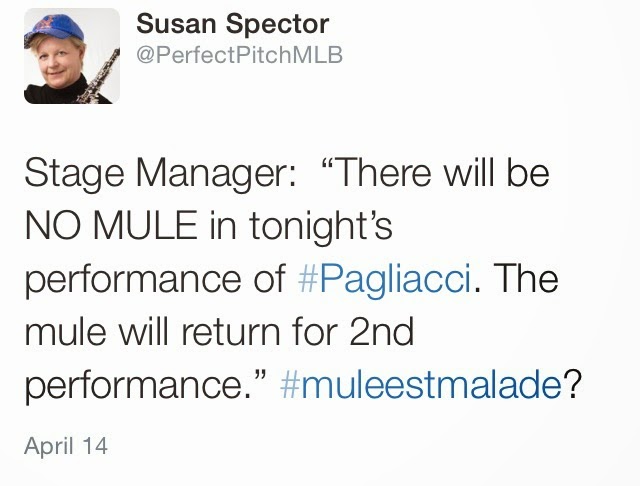


No mule! Who was Alfio whipping? Good stuff … I'm not a big fan of the new productions in general, but to be fair, it's been a long time since I was able to attend MET performances (I used to get there once a week 20 years ago–man, I'm old) … Booing turns me off, so I'm glad I've never witnessed that (except the night Pavarotti had a cold (or something) during Una furtiva lagrima and his voice cracked a time or two. I didn't mind the Rigoletto reproduction (but my dog, Rigoletto) probably wouldn't have appreciated the strip joint (neutered, you know) … Glad I found this blog. You two can keep me in the loop. I've been un-looped far too long. Enjoyed the reviews …
Rabbit season!